Copper Gallium Selenide Sputtering Target Description
The copper gallium selenide sputtering target is a type of alloy sputtering target composed of copper, gallium, and selenium.
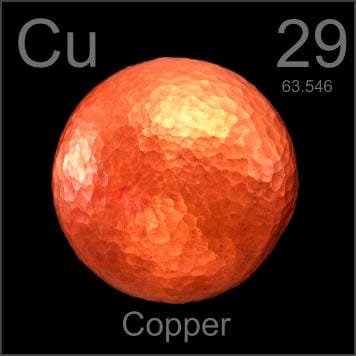 Copper is a chemical element with the symbol “Cu” and atomic number 29. The name “copper” originates from the Old English word “coper,” derived from the Latin term ‘Cyprium aes,’ meaning metal from Cyprus. It has been used since around 9000 BC and was discovered by people from the Middle East. Copper is located in Period 4 and Group 11 of the periodic table, belonging to the d-block elements. Its relative atomic mass is approximately 63.546 Daltons, with the number in parentheses indicating the uncertainty.
Copper is a chemical element with the symbol “Cu” and atomic number 29. The name “copper” originates from the Old English word “coper,” derived from the Latin term ‘Cyprium aes,’ meaning metal from Cyprus. It has been used since around 9000 BC and was discovered by people from the Middle East. Copper is located in Period 4 and Group 11 of the periodic table, belonging to the d-block elements. Its relative atomic mass is approximately 63.546 Daltons, with the number in parentheses indicating the uncertainty.
Related Product: Copper Sputtering Target
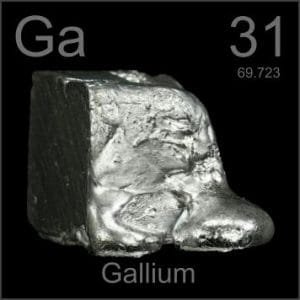 Gallium is a chemical element with the symbol “Ga” and atomic number 31. The name “gallium” originates from the Latin name for France, “Gallia.” It was first mentioned in 1875 and observed by Paul-Émile Lecoq de Boisbaudran, who also accomplished and announced its isolation. Gallium is located in Period 4 and Group 13 of the periodic table, belonging to the p-block elements. Its relative atomic mass is approximately 69.723 Daltons, with the number in parentheses indicating the uncertainty.
Gallium is a chemical element with the symbol “Ga” and atomic number 31. The name “gallium” originates from the Latin name for France, “Gallia.” It was first mentioned in 1875 and observed by Paul-Émile Lecoq de Boisbaudran, who also accomplished and announced its isolation. Gallium is located in Period 4 and Group 13 of the periodic table, belonging to the p-block elements. Its relative atomic mass is approximately 69.723 Daltons, with the number in parentheses indicating the uncertainty.
Related Product: Gallium Sputtering Target
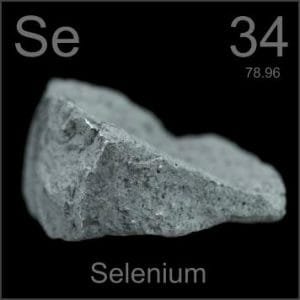 Selenium is a chemical element with the symbol “Se” and atomic number 34. The name “selenium” originates from the Greek word “selene,” meaning moon. It was first mentioned in 1817 and observed by Jöns Jacob Berzelius and Johan Gottlieb Gahn, who also accomplished and announced its isolation. Selenium is located in Period 4 and Group 16 of the periodic table, belonging to the p-block elements. Its relative atomic mass is approximately 78.96 Daltons, with the number in parentheses indicating the uncertainty.
Selenium is a chemical element with the symbol “Se” and atomic number 34. The name “selenium” originates from the Greek word “selene,” meaning moon. It was first mentioned in 1817 and observed by Jöns Jacob Berzelius and Johan Gottlieb Gahn, who also accomplished and announced its isolation. Selenium is located in Period 4 and Group 16 of the periodic table, belonging to the p-block elements. Its relative atomic mass is approximately 78.96 Daltons, with the number in parentheses indicating the uncertainty.
Related Product: Selenium Sputtering Target
CuGaSe₂ Sputtering Target – High Purity Single Crystal

Our CuGaSe₂ Sputtering Target (99.999%) is precisely engineered for advanced thin film applications such as CIGS photovoltaics and optoelectronics. This product features a highly oriented single-phase structure, confirmed by XRD analysis with no detectable secondary phases.
✅ Tetragonal chalcopyrite phase
✅ Excellent crystallinity and purity
✅ Phase purity verified by XRD (Ref: 03-065-2735)
The XRD data shown here demonstrates a perfect match to the standard CuGaSe₂ pattern, with a score of 89 and 100% phase identification – ensuring reliable performance in high-end deposition systems.
Copper Gallium Selenide Sputtering Target Specification
| Material Type | Copper Gallium Selenide |
| Symbol | CuGaSe2 |
| Color/Appearance | Steel gray target |
| Melting Point | N/A |
| Boiling Point | N/A |
| Density | N/A |
| Type of Bond | Indium, Elastomer |
| Available Sizes | Dia.: 1.0″, 2.0″, 3.0″, 4.0″, 5.0″, 6.0″ Thick: 0.125″, 0.250″ |
Copper Gallium Selenide Sputtering Target Bonding Services
Specialized bonding services for Copper Gallium Selenide Sputtering Targets, including indium and elastomeric bonding techniques, enhance performance and durability. Thin Film Materials (TFM) ensures high-quality solutions that meet industry standards and customer needs.
We also offer custom machining of backing plates, which is essential for sputtering target assembly. This comprehensive approach improves target design flexibility and performance in thin film deposition. Our channels provide detailed information about bonding materials, methods, and services, helping clients make informed decisions.

Packaging
Our copper gallium selenide sputter coater target is carefully packaged in a plastic vacuum bag to prevent damage during storage and transportation, ensuring the product remains in its original condition. Additionally, the Certificate of Analysis (COA) for the raw material is included with the product to verify its quality and specifications.


 CoA_CuGaSe2
CoA_CuGaSe2
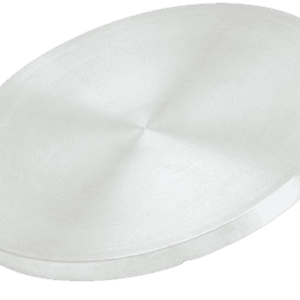
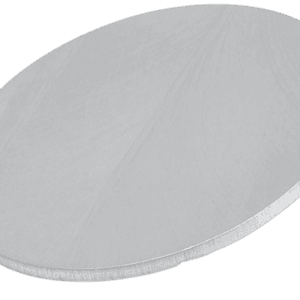
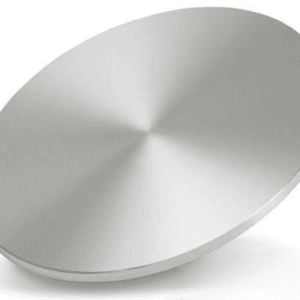
Reviews
There are no reviews yet.